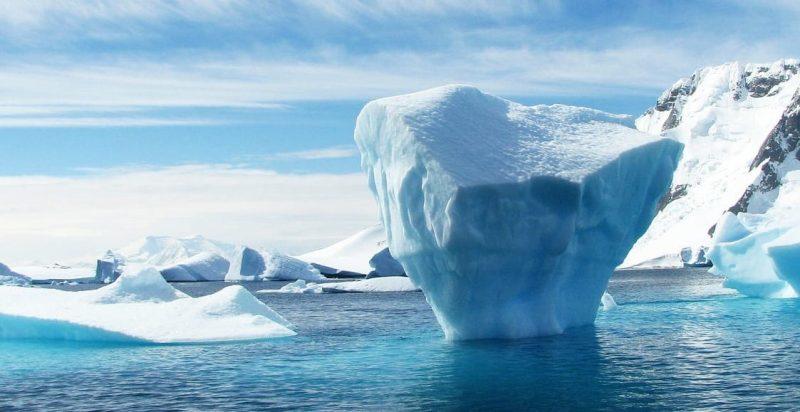Like it or not, talking about sex is still a taboo subject, even when it comes to public health. School systems still debate how much sexual education should be taught in schools, arguing whether teaching it actually promotes more sex, or if teaching it is a necessity to keep people safe.
While sex is a natural part of life (we wouldn't exist as a species without it), it can be scary! There is the risk of pregnancy, which if unplanned, can be terrifying! There is also the risk of sexually transmitted diseases or viruses. Some are easily cured, while others are life threatening.
You may think that you have heard of all the sexually transmitted diseases that you could possibly get thanks to health class or binge watching Sex in the City, but it looks like there is a whole new form of chlamydia which has been found frozen in the arctic ocean.

Chlamydia is one of the most commonly transmitted STD (sexually transmitted disease). It is spread through sexual contact via the bacteria known as Chlamydia trachomatis and can infect all genders in different parts of the body including the throat and genitalia. In most cases, as long as safe sex is practiced, it is nothing to worry about and can easily be cured.

Researchers have discovered some new types of Chlamydia in a strange place. While digging in the deep sediments of the Arctic ocean, researchers went down 2 miles between the surface of the office and ended up finding new strains of Chlamydia. You might be thinking, “this sounds like the beginning of a bad horror movie,” but this could actually be a good discovery. It could help us figure out how bacteria evolved to become infectious.
For Chlamydia to survive, it needs to come into contact with other organisms. That means it needs to come into contact with animals, plants, fungi, microscopic organisms like amoebas, algae, and plankton, and of course, us humans. Usually this type of bacteria only lives in human hosts, but it can also live in bears and koalas (oh my!). That's why this form of chlamydia is so different.

What makes these forms of chlamydia so curious is that they are surviving outside of a human host - or any living host for that matter. The area that the researchers looked into is Loki's Castle, an environment that doesn't have any oxygen or macroscopic organisms. The lead author of the study, Jennah Dharamshi said, “Finding Chlamydiae in this environment was completely unexpected and, of course, raised the question of what they were doing there.”
It isn't entirely true that the chlamydia bacteria found doesn't have anything to live off of. The researchers found that the bacteria was using resources from nearby organisms to survive. Researchers will now try to grow these microbes in a lab so that they can figure out how bacteria came to begin infecting living organisms.

Thijs Ettema, a professor of microbiology at Wageningen University in the Netherlands, said, “Even if these Chlamydiae are not associated with a host organism, we expect that they require compounds from other microbes living in the marine sediments.” In the US alone, there are 2.8 million chlamydia infections every year according to the Center for Disease Control. That means that if everyone was treated and refrained from sexual activity for one week, chlamydia would disappear completely. Good luck with that.